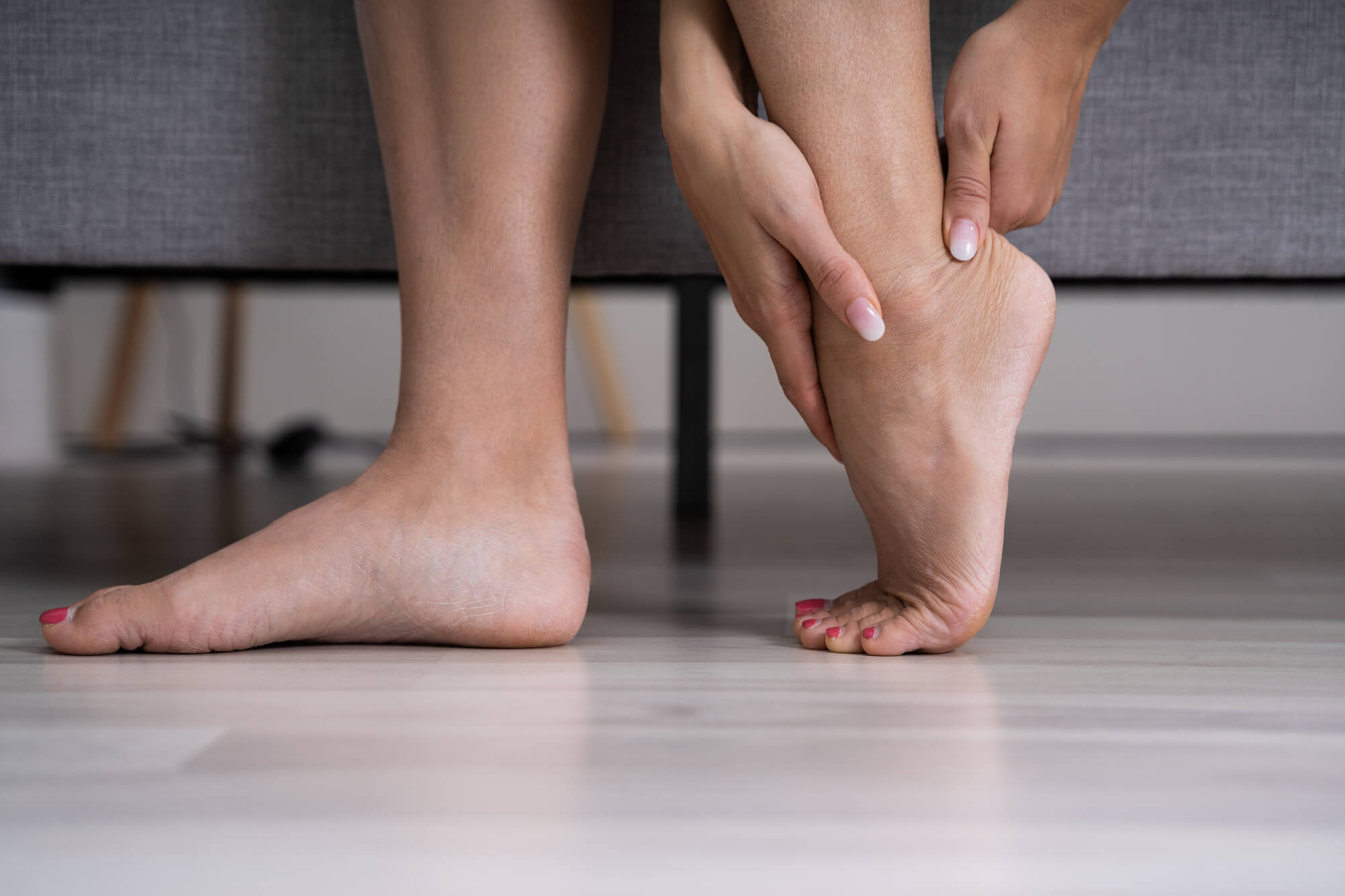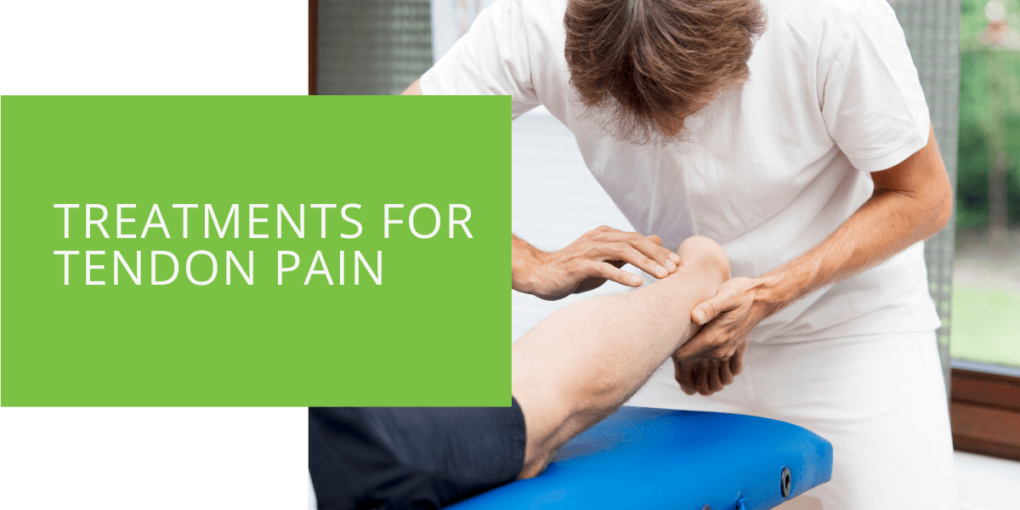Treatments for Tendon Pain
Tendon pain is a common musculoskeletal condition affecting people of all ages and lifestyles. It can be caused by overuse, injury, arthritis, and other factors. If you are experiencing tendon pain, seeking treatment from a podiatrist or other healthcare provider is important. This article will discuss non-surgical and surgical treatments for tendon pain that can help relieve your discomfort and improve your function.
Non-Surgical Treatments
Rest and Ice
Rest and ice are two of the most effective treatments for tendon pain. Resting the affected area can help reduce inflammation and promote healing, while ice can help reduce pain and swelling. When using ice, using a towel or other barrier between the ice and your skin is important to prevent frostbite. You should apply ice to the affected area for 20 minutes, several times a day, until the pain and swelling have subsided.
Physical Therapy
Physical therapy is another effective treatment for tendon pain. A qualified physical therapist can design an exercise program that will help reduce pain and improve function. The exercises may include stretching, strengthening, and range-of-motion exercises. The therapist may also use other techniques such as ultrasound, electrical stimulation, or dry needling to help reduce pain and promote healing.
Bracing and Orthotics
Bracing and orthotics are two more non-surgical treatment options for tendon pain. A brace can help support the affected area and prevent further injury, while orthotics can help improve the alignment of the foot and ankle. Different braces and orthotics are available, so it is important to discuss your options with a podiatrist or other healthcare provider. They can recommend the best type of brace or orthotic for your specific needs.
Medications
Medications can also be used to help manage tendon pain. Over-the-counter medications such as ibuprofen and naproxen can help reduce pain and inflammation, while prescription medications such as corticosteroids can provide more targeted relief. However, discussing medication options with a healthcare provider is important, as some medications may have side effects or interact with others.

Surgical Treatments
Tendon Repair Surgery
Surgery may be necessary if non-surgical treatments are ineffective in relieving tendon pain. Tendon repair surgery is a procedure in which the damaged tendon is repaired or reattached to the bone. The procedure can be performed on various body parts, such as the Achilles tendon, elbow, or wrist. Recovery time depends on the injury's location and the damage's extent.
Tenotomy
Tenotomy is another surgical treatment option for tendon pain. It involves making a small incision in the tendon and removing a small piece of tissue to relieve tension and promote healing. This procedure is commonly used to treat tendonitis in the shoulder or elbow. Recovery time is generally shorter than with tendon repair surgery.
Platelet-Rich Plasma (PRP) Therapy
Platelet-rich plasma (PRP) therapy is a relatively new treatment for tendon pain that involves injecting a concentrated amount of the patient's blood platelets into the affected area. The platelets contain growth factors that can help promote healing and reduce inflammation. PRP therapy is often used to treat Achilles tendon injuries and other types of tendonitis.

Common Causes of Tendon Pain
Tendon pain can occur due to a variety of factors. Some of the most common causes of tendon pain include:
- Overuse: Overuse is one of the most common causes of tendon pain. Repetitive motions, such as those used in sports or manual labor, can stress the tendons and lead to micro-tears or inflammation. Overuse injuries can affect various body parts, including the Achilles tendon, elbow, wrist, and knee.
- Injury: Tendon pain can also occur due to an injury, such as a sprain or strain. Injuries can cause damage to the tendons, leading to pain, swelling, and decreased function.
- Arthritis: Arthritis is a condition that can affect the tendons and cause pain and inflammation. Inflammatory types of arthritis, such as rheumatoid arthritis, can cause widespread tendon pain, while osteoarthritis can cause pain in specific joints, such as the knee or ankle.
- Age: As we age, our tendons can become less flexible and more prone to injury. Tendon pain in older adults is often caused by wear and tear rather than overuse or injury.
- Bursitis: Bursitis is a condition that can cause tendon pain, especially in the shoulder or elbow. Bursae are small, fluid-filled sacs that cushion the joints and tendons. When these sacs become inflamed, it can cause pain and stiffness in the affected area.
By understanding the common causes of tendon pain, you can take steps to prevent injury and seek prompt treatment if you experience pain or discomfort.
Conclusion
Various treatment options for tendon pain can help relieve discomfort and improve function. Whether you opt for non-surgical or surgical treatments, it's important to consult a podiatrist or healthcare provider for an accurate diagnosis and appropriate treatment. Remember that prevention is also crucial to avoid overuse injuries. Seek prompt medical attention to prevent further damage and promote faster healing.

